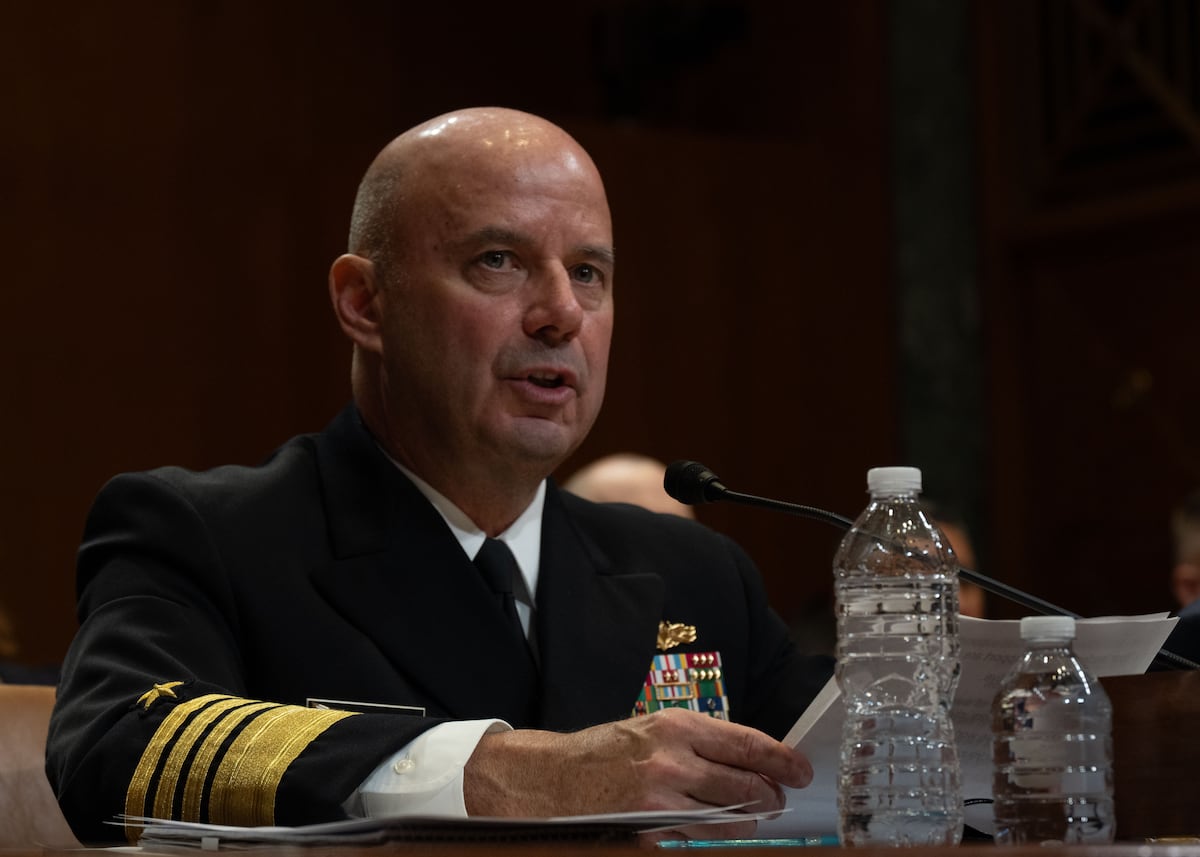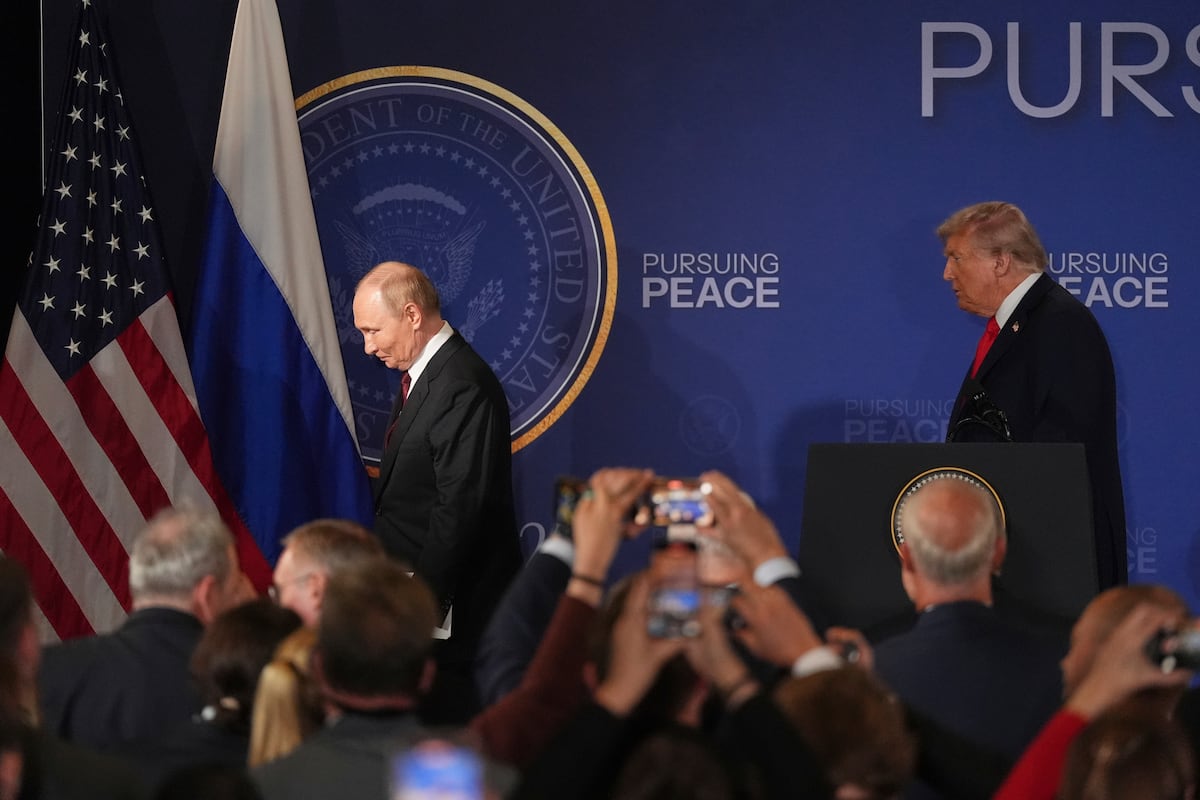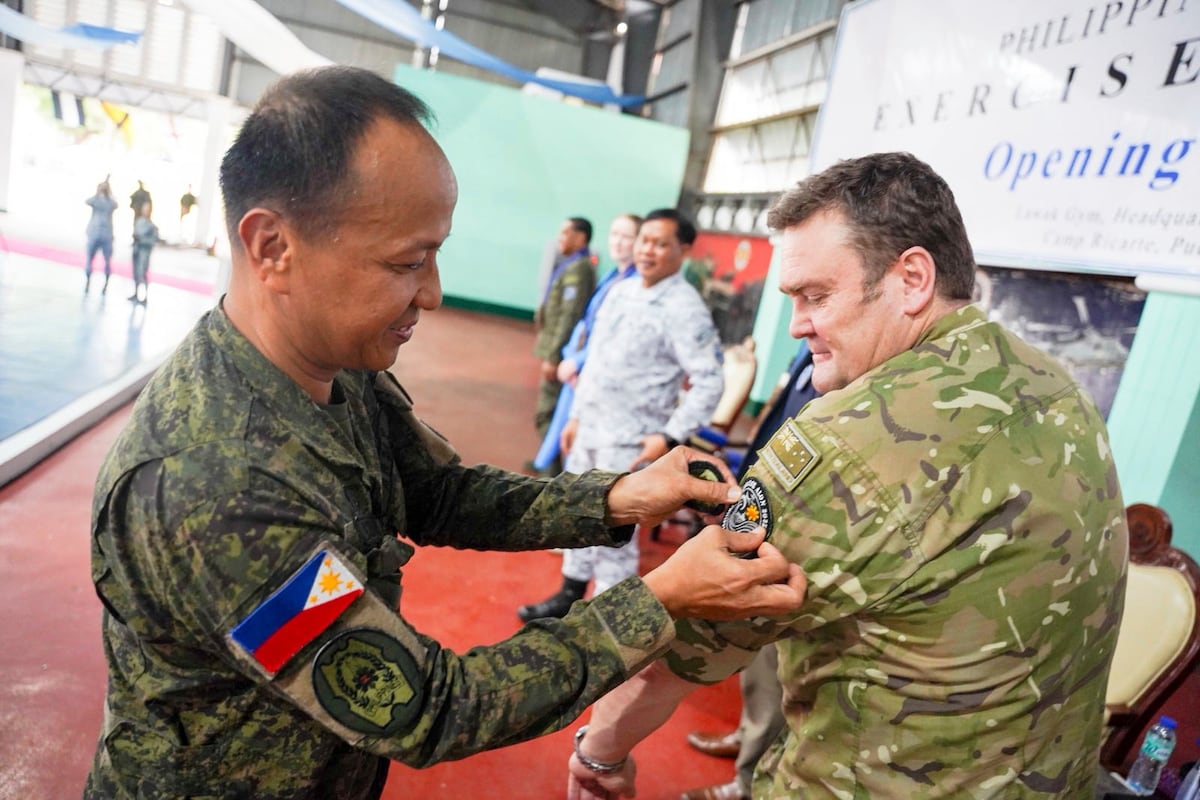In the second round of its rapid experimentation program, Transformation-in-Contact, the Army has tasked Stryker and armored brigades with testing out new systems in the field, sending feedback to industry, and getting updated prototypes back into soldiers’ hands, in an effort to change how the Army fights at the same time as it changes how it buys equipment.
The 3rd Infantry Division’s 1st Armored Brigade Combat Team is working its way through its fourth training rotation as a TiC brigade, at the Army’s Joint Multinational Readiness Center in Hohenfels, Germany—gaming out new ways to fight with large vehicle formations that have proven to be easy targets on the modern battlefield.
On Wednesday, the brigade will test a new configuration: first-person viewer unmanned aerial vehicles with forward observers and other anti-tank elements.
“And we think that this team is going to produce a lot more massing of effects than maybe a larger team would,” Col. Jim Armstrong, 1st ABCT’s commander, told reporters Tuesday. “So that’s our thesis. We’re going to test it against the enemy tomorrow. And it’s really been helpful, thinking, living, breathing, opposing force to go to fight with at scale, to do more than a prototype test, and really see how these things impact us across our warfighting functions.”
The drones, designed by the division’s Marne Innovation Center and 3D-printed on site, help solve the problem of defending M1 Abrams tanks from drone swarms, a new issue both sides are dealing with as Ukraine beats back Russia’s invasion.
The brigade has also integrated a second electromagnetic warfare platoon, whereas most armored brigades have one, Armstrong told reporters, to help jam drone swarms as well as enemy communication networks.
“What you’d also see is that third infantry squad in our infantry platoons is a UAS team with anti-tank systems,” Armstrong said. “You’d also see, at the infantry battalion level, four FPV attack teams that the battalion commander places on the battlefield.”
The brigade is also testing new tech provided by industry partners, Armstrong said, prototypes they are able to experiment with and then send feedback on to the manufacturers.
That includes a software-defined radio counter-UAS system, which has followed the brigade through multiple training rotations.
“So some of them, we’ve already had partnerships with and provided feedback and gotten [a] better version between our NTC rotation and our deployment,” Armstrong said. “Others showed up and met us here, and we started giving them feedback right away.”
That includes some TSM radios and servers that can move from using low-earth orbit to geostationary orbit satellites to 5G networks.
“So essentially, automatically execute a primary, ultimate contingency communications plan,” he said. “So, you know, we’ve given some feedback for those, we haven’t seen a turn, nor do I expect to see one inside of this rotation.”
Read the full article here








Leave a Reply